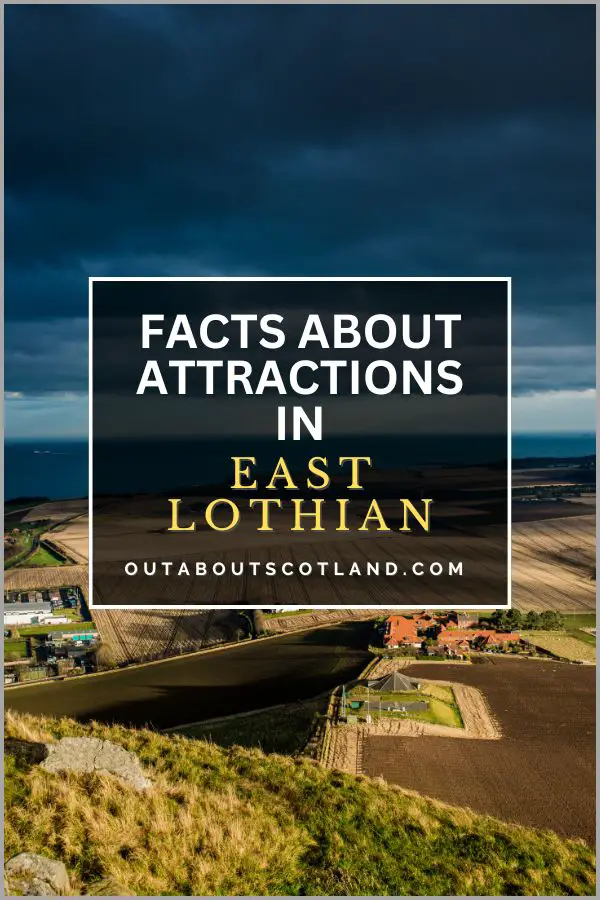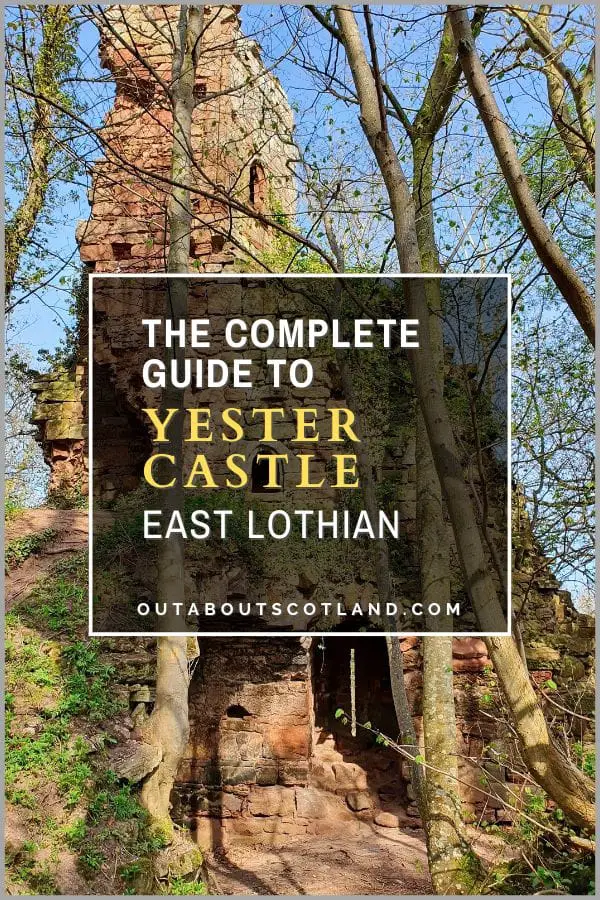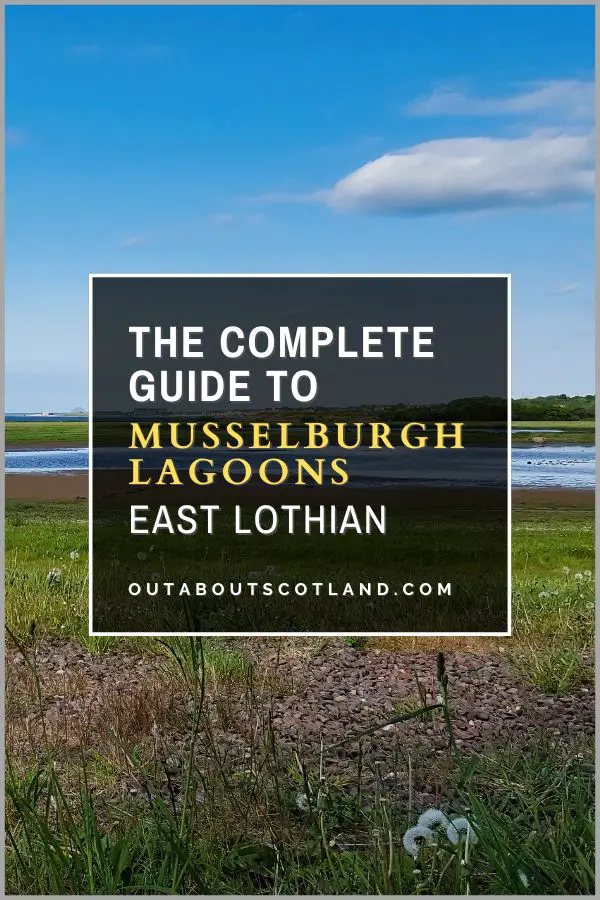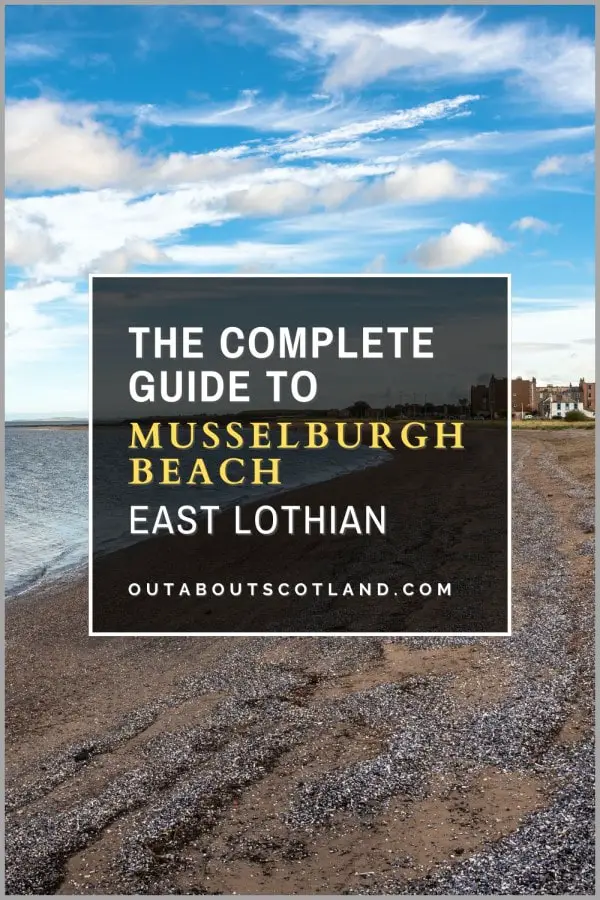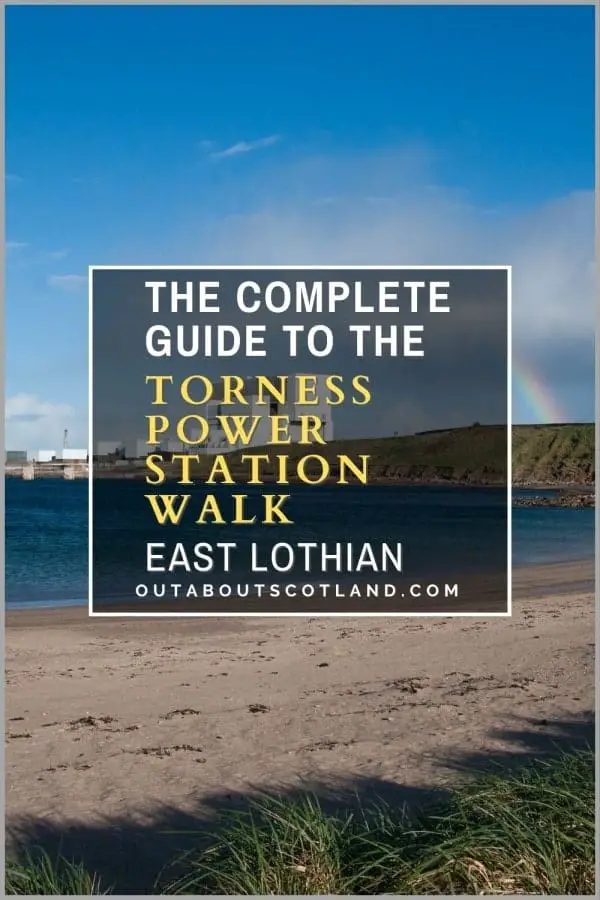Nestled along the picturesque coastline of East Lothian lies a lesser-known treasure that’s guaranteed to captivate nature enthusiasts and sightseers alike. Musselburgh Lagoons and Levenhall Links is a stunning nature reserve that’s a hotspot for a multitude of birds, from waders such as curlews and redshanks to gulls, terns, geese, and many other feathered creatures.
In this article, we’ll explore the enchanting beauty and fascinating history of these lagoons to unearth the area’s industrial past as well as its current status as one of Scotland’s best birdwatching sites. Whether you’re a local or a new visitor to East Lothian, this hidden gem promises to offer an unforgettable experience for all ages and interests.
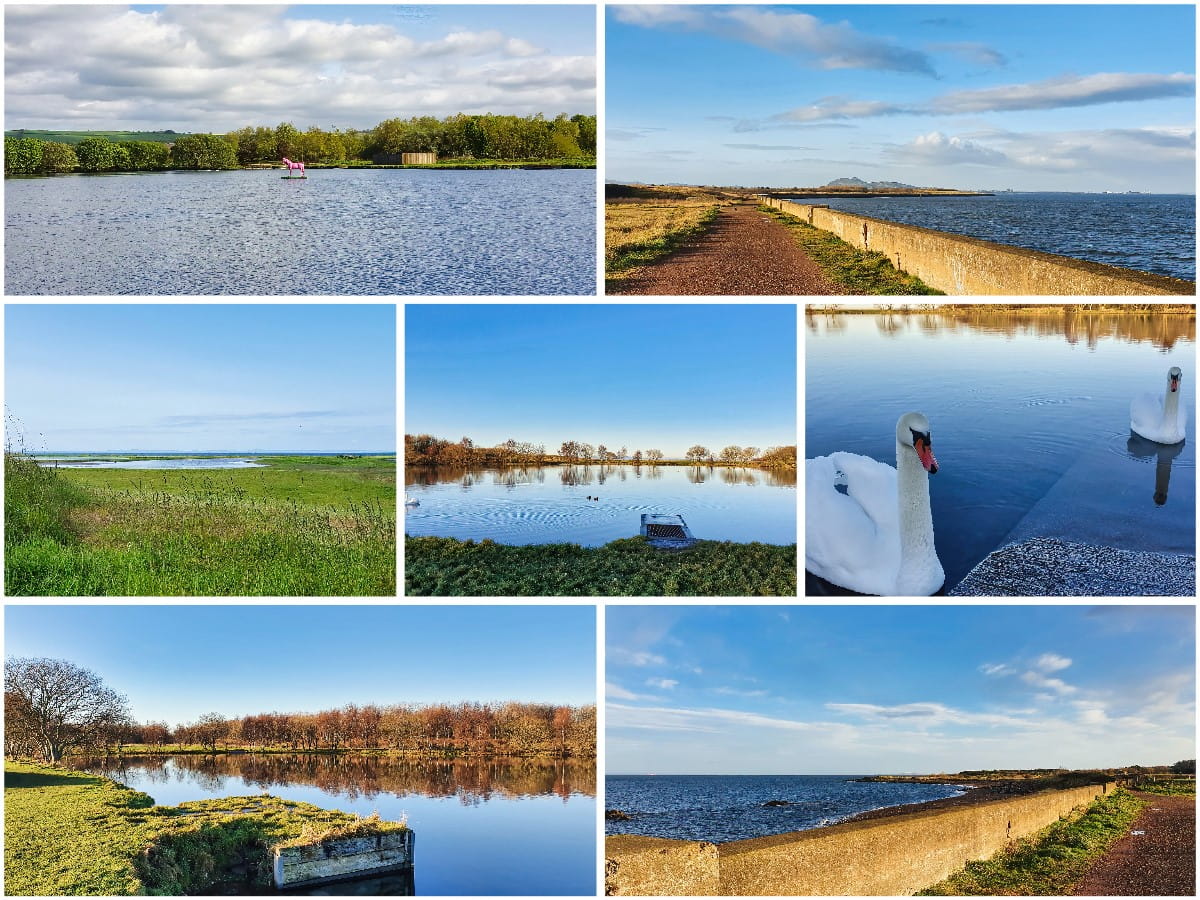
| Address: | Musselburgh, EH21 7QE |
| Opening Hours: | Open 24/7 |
| Admission Price: | Free entry |
| Parking: | There are 3 car parks. One is located opposite Prestongrange Mining Museum and is accessed from the B1348. Another is located inside the reserve near the main entrance to Levenhall Links, and the third parking area is located in the middle of the reserve next to the pond. |
| Contact: | NA |
| Facilities: | The nearest visitor facilities are in Prestonpans (1.2 miles north) and Musselburgh (1.3 miles south). |
Overview
East Lothian’s magnificent coastline has been a go-to destination for holidaymakers for a long time, partly because it’s so attractive and partly because it’s incredibly easy to get to from Edinburgh. One destination in the county that’s often overlooked is Musselburgh, which is a shame as this historic town has a superb beach as well as one of Scotland’s oldest golf courses and horse racing tracks, along with beautiful historic buildings like Newhailes.
The eastern side of the town is a particular highlight, as it’s home to extensive mudflats where the mouth of the freshwater River Esk merges into the saltwater Firth of Forth which attracts a myriad of different bird species throughout the year.
The number of birds that flock to the area is remarkable, and both casual daytrippers and ‘twitchers’ alike can enjoy watching them thanks to the Levenhall Links leisure park which lies to the immediate east of the river.
Levenhall Links is an expansive green space approximately 1.5 miles in length and 1/3 mile in width, comprising large areas of open grassland as well as woodlands, a pond, and the Musselburgh Lagoons, which are, in fact, man-made reservoirs specifically built to attract wildlife to the area.
The entire site was originally owned by Scottish Power which used it as a disposal area for ash from the nearby (now demolished) Cockenzie power station. When the power station closed down the area was landscaped in conjunction with RSPB Scotland to form wetlands, and it’s now such a haven for wildlife that it has been designated as a Site of Special Scientific Interest.
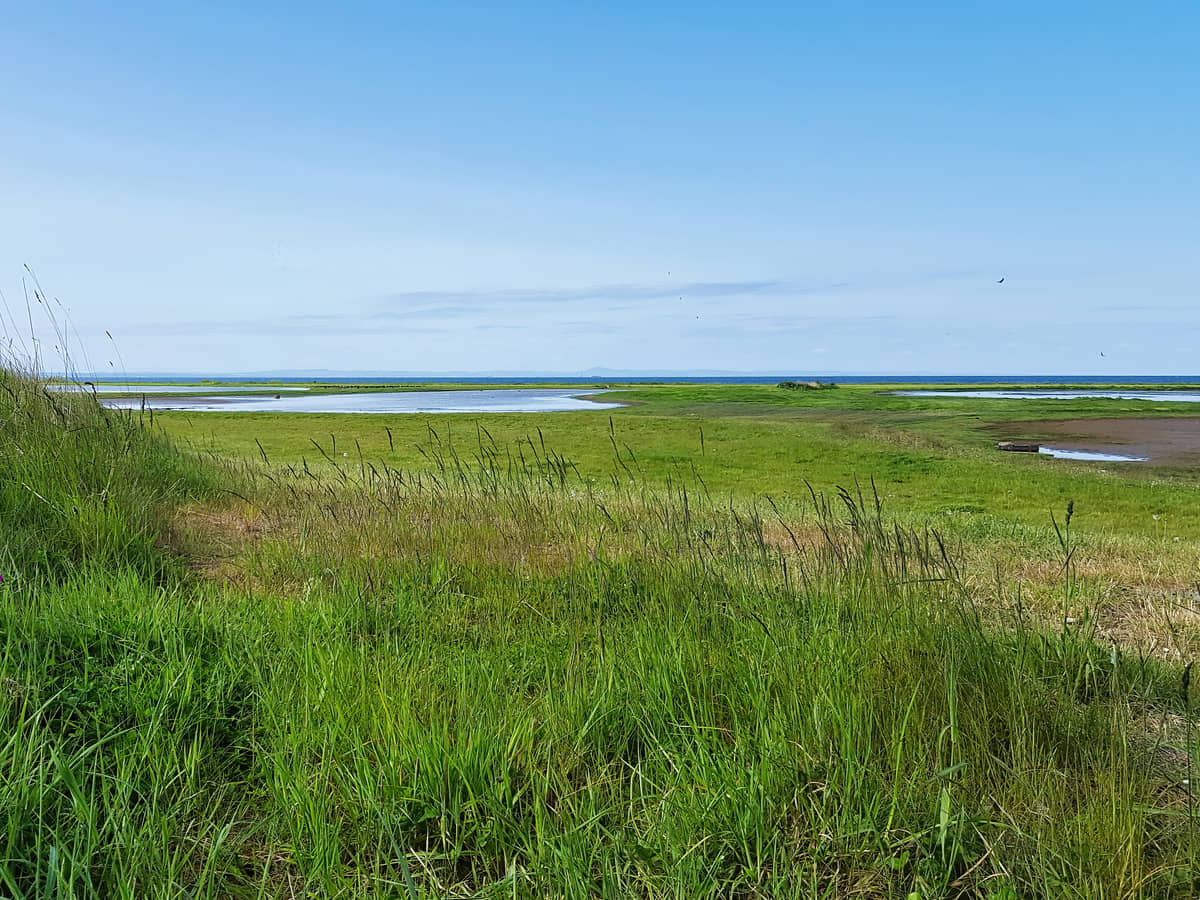
Birdwatchers will find three concrete open-roofed bird hides behind the lagoons which offer fantastic views of the many species that visit the site year-round including terns, plovers, pipits, and plovers, as well as more common birds like gulls, geese, and swans.
The proximity of the power station ash lagoons to the food-rich mudflats of the River Esk means it also attracts a wide variety of wading birds so you’ll be able to see curlews and redshanks amongst many other waders.
It’s not really a surprise that the Musselburgh Lagoons reserve is now regarded as one of the finest birdwatching sites in Scotland. However, if birdwatching doesn’t interest you, you’ll still have an enjoyable time at Levenhall Links.
Across the road on the eastern side of the recreational area you’ll find Prestongrange Museum, a free open-air attraction that celebrates the region’s rich industrial heritage, while to the immediate south there’s Musselburgh Racecourse which, unusually, has a golf course in the middle of it.
There’s also a BMX track on the far western side of the park while the far eastern side has a small beach area that’s a prime spot for fishing and is the location of an abandoned harbour from the 1700s (check out the information boards to find it).
Finally, no visit to Levenhall Links will be complete without taking a walk around the central pond, which is a great place to take younger children, who’ll have loads of fun feeding the swans and ducks that call it home. The pond also has a couple of jetties for launching boats, and there’s a car park on one side, which is ideal for visitors who don’t want to walk too far to enjoy the rest of the reserve.
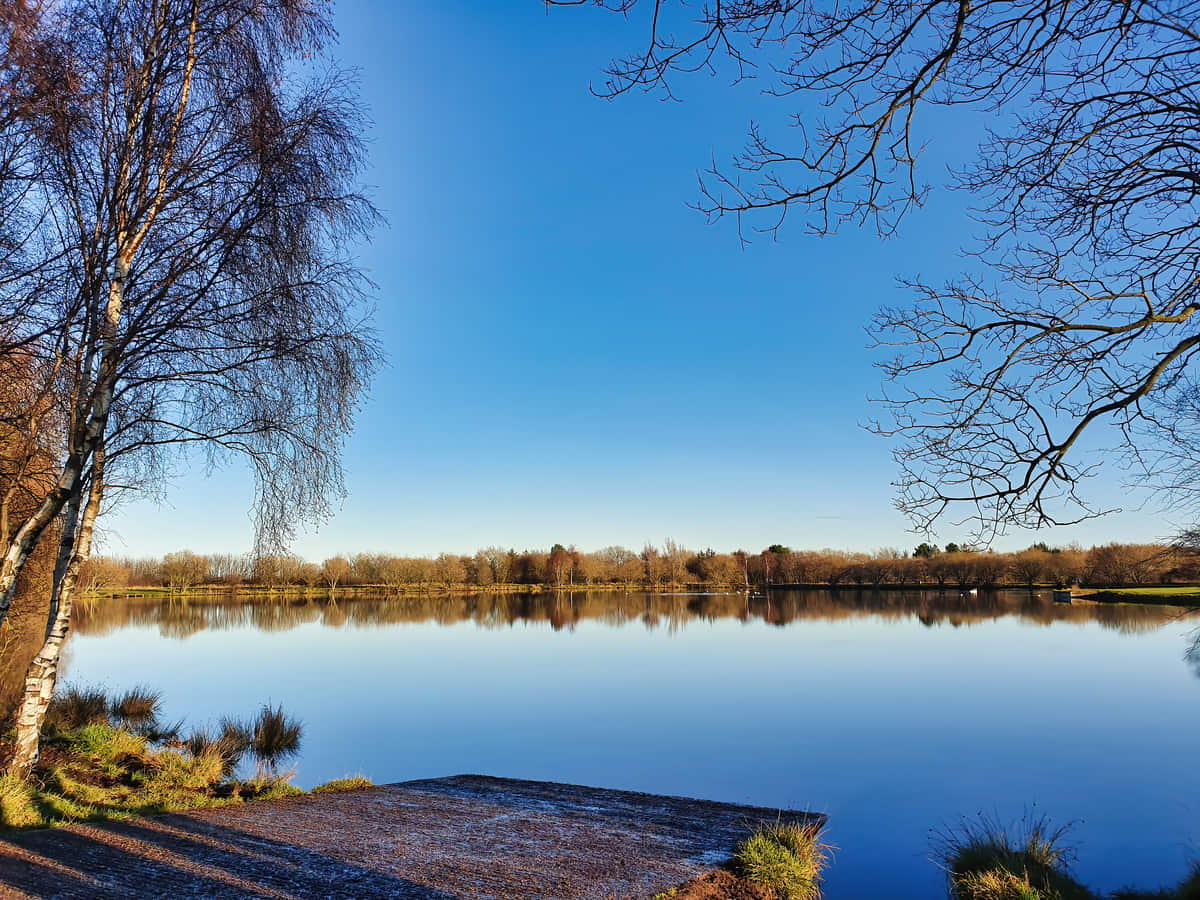
Book Tours in Scotland
The Highlights
1: This is one of the prettiest locations in the region, and it’s an absolute must-visit for anyone with an interest in birdwatching. There are three hides overlooking the lagoons that allow visitors to see the many birds that visit them close-up, though I suggest taking binoculars to make the most of your visit.
2: The surrounding Levenhall Links leisure park is a wonderful place to go for a walk, especially on the rough track that runs along the seafront. The reserve forms part of the cross-country John Muir Way so if you’re a long-distance hiker you might like to take a detour along the sea wall and then double back to the lagoons before continuing on towards Prestonpans.
3: If you have children and are looking for a cheap day out, Levenhall Links is a great option. There are plenty of open grass areas to let the kids run around and there’s a large pond that’s ideal for small boats.
Visiting Tips
1: The nearest seaside area is Musselburgh Beach, but if it’s a sunny day and you’d rather stay at Levenhall Links you’ll find a small stretch of shingle/sand behind the car park opposite Prestongrange Museum. Although it’s not exactly the most attractive beach in East Lothian (Gullane takes that award, in my opinion), the one in Prestonpans sees far fewer visitors.
2: A tarmac path installed in 2021 means wheelchair users and pushchairs can enjoy this stunning location throughout the year. A good option for disabled visitors is to park next to the pond, head along the tarmac path to the seafront, continue east past the lagoons and ash disposal area, and then return to the pond via the path that runs alongside the B1348. The complete circular route is around 2.5 miles in length and comprises flat and level paths throughout.
3: Birdwatchers looking to tick a few rarities off their checklist really need to take binoculars as the lagoons cover quite a large area. I’ve included my reviews of a few pairs of binoculars that I’ve personally tested in this article: The Best Binoculars for Birdwatching.
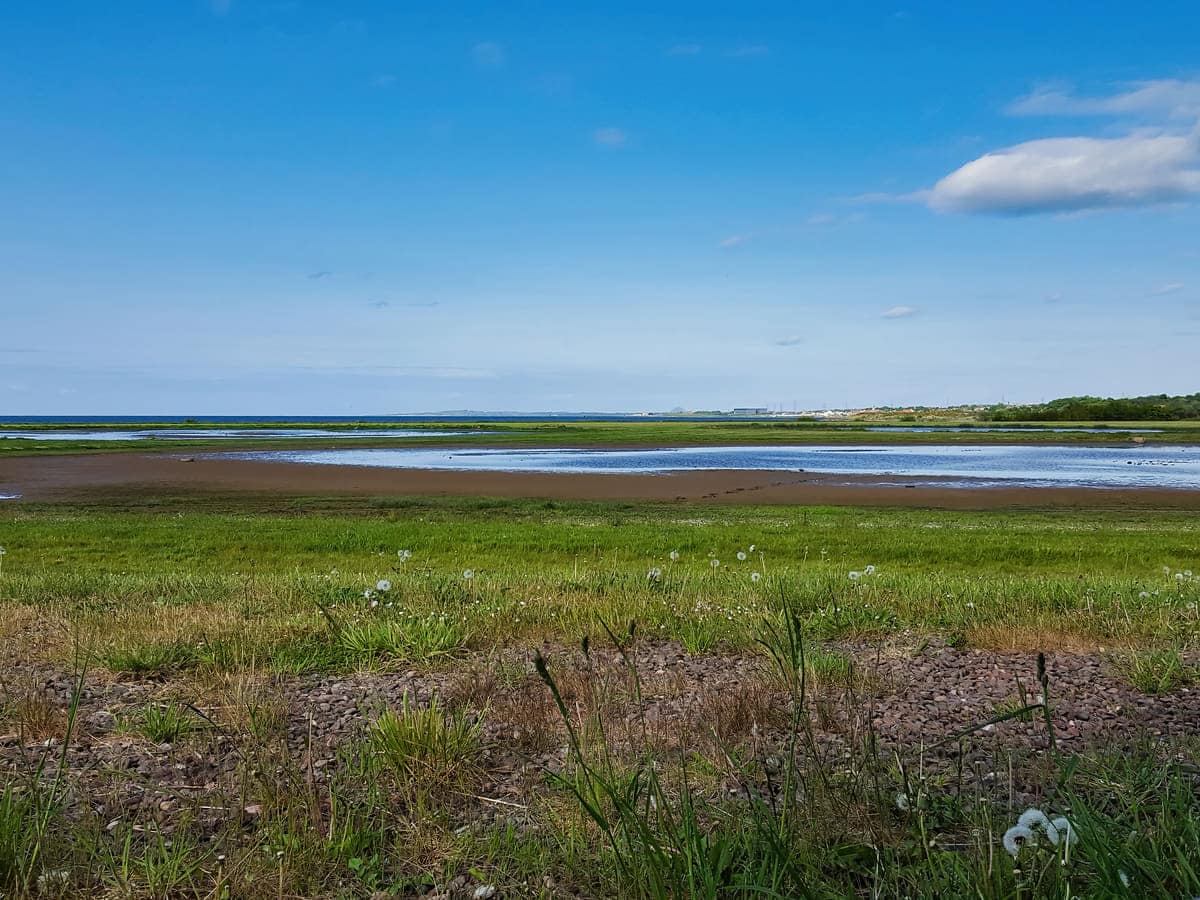
Protect Your Family From Scotland's Biting Midges
- Powerful, reliable protection for up to 8 hours
- Water- and sweat resistant
- Repels midges, mosquitoes, horse flies, sand flies, fleas and ticks
- Safe for use on adults, children over 30 months and pregnant women
- Non-sticky, moisturising with a pleasant fragrance
- Packaging may vary
Tourist Information
While Levehall Links is very rarely used by Edinburgh’s tourists, it’s a favourite spot for locals so in the height of summer it can get rather busy, especially at the weekend. That being said, there are three car parking areas, so you’re pretty much guaranteed to find a space no matter when you arrive.
Once parked up you’ll find a network of paths running through Levenhall Links and around the lagoons, some of which are tarmacked and suitable for wheelchairs, while others are little more than trodden-down grass tracks. These paths circle the majority of the reserve and are fine for walking on, although they’re rather narrow except for the gravel track that runs alongside the sea wall (beware of the potholes, though).
If you’re only interested in the lagoons I recommend heading to the parking area next to the pond as the bird hides are situated a short walk through the nearby woodland, or you can alternatively use the first parking area from the main entrance and then walk to the lagoons (approximately 1/2 mile).
As far as facilities go, be advised that there are no public toilets at Levenhall Links but Musselburgh town centre is just a 5-minute drive to the west where you’ll find cafes, pubs, restaurants and shops. Prestonpans High Street lies in the opposite direction and has fewer facilities, although there’s a supermarket on the far end of the village, which is handy for stocking up on snacks, and it’s also the location of the former Cockenzie power station and the historic Cockenzie harbour.

Things to Do
Birdwatching: Musselburgh Lagoons is a haven for bird enthusiasts with its diverse range of sea and wetland species. Take your binoculars (link to binocular reviews) and you might even spot a rare species or two.
Nature Walks: Traverse the pathways of Levenhall Links. The area boasts a variety of habitats, making it an enjoyable place to explore from the gravelled path that runs along the shoreline to the rough tracks heading into the woodlands.
Picnicking: With its breathtaking views, Musselburgh Lagoons is a perfect spot for a family picnic. You can enjoy a tranquil setting while feasting on your picnic goodies – but remember to leave no trace behind to preserve the area’s beauty.
Photography: With its diverse landscapes, from the lagoons to the seashore, the area is a paradise for photographers. Capture the stunning sunrise or sunset, the wildlife, and the unique flora that thrives within the reserve. It’s a great place to practice your photography skills.
Wildlife Spotting: Besides birds, Musselburgh Lagoons and Levenhall Links are home to various animals including foxes, rabbits, and deer. Observing these creatures in their natural habitat is a delight for nature lovers.
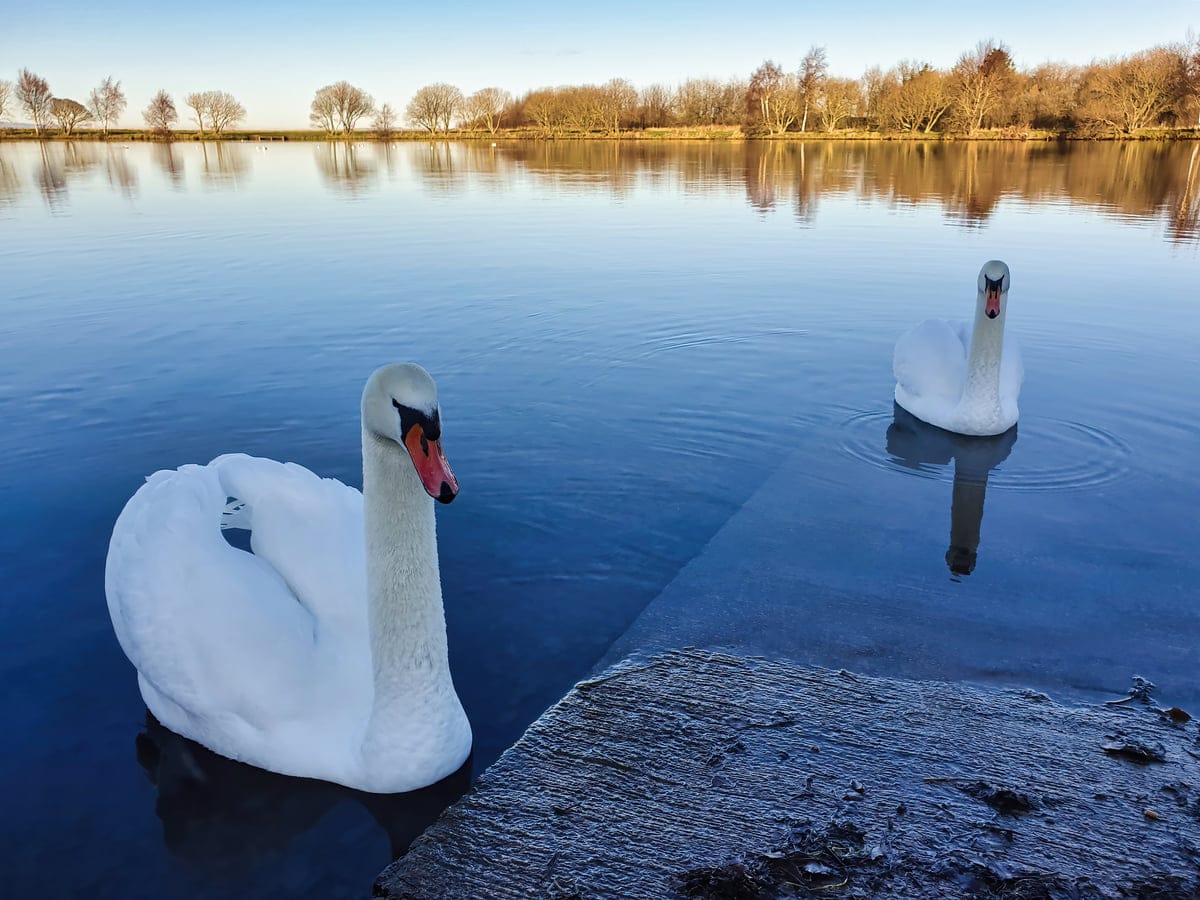
Book Tours in Scotland
Things to Do Nearby
Prestongrange Mining Museum. Morrisons Haven, Prestonpans EH32 9RX. 15-minute walk.
A free open-air museum that allows visitors to walk around a collection of historic industrial buildings from the days when the site was a hub of industry with a harbour (now filled in), a pottery, a colliery, and a brickworks. The museum features a free audio tour that’s accessed via mobile phone, and there’s a visitor centre with a cafe that’s open during the summer months.
Inveresk Lodge Garden. 24 Inveresk Village Road, Musselburgh, East Lothian, EH21 7TE. 7-minute drive.
Inveresk Lodge Garden is a National Trust for Scotland 17th-century house with a large walled garden. The garden is home to a variety of wildlife and features an Edwardian glasshouse, a pond, odland, and large lawn areas.
Gosford House and Grounds. Gosford House, Longniddry, EH32 0PY. 15-minute drive.
A country house that is open for private events and public open days. The grounds are open year-round and offer picturesque walks through managed woodland.
The John Muir Way. Prestonpans EH21 8JS. 2-minute walk.
The John Muir Way is a cross-country walking trail that runs from Helensburgh on the west coast to Dunbar on the east coast of Scotland. The section at Prestonpans is easily picked up from Prestongrange Museum, though it veers onto the roadside pavement for several miles.
Carberry Tower Mansion House. Carberry Tower Estate, Musselburgh EH21 8PY. 10-minute drive.
This is a grand 18th-century country house set in 35 acres of countryside. The house is open both as a hotel and as a restaurant. The grounds are free to visit, and paths run to Queen Mary’s Mount, where Mary Queen of Scots is said to have rested after a battle in Edinburgh.
Newhailes Estate, Newhailes, Musselburgh, EH21 6RY. 9-minute drive.
The National Trust for Scotland is in charge of managing this 18th-century manor house. It is partially restored and kept in its original condition from the 1700s. Open for guided tours. Features woodland walks and an adventure play area.
Frequently Asked Questions
What is the history of the Musselburgh Lagoons?
The location of the Musselburgh Lagoons was initially developed as a place to deposit ash debris from the now-defunct Cockenzie Power Station. The ash storage lagoons are protected by a sea wall and are built on reclaimed mudflats.
The site’s owner, Scottish Power, has gradually capped each of the ash lagoons, and lagoons 6 and 8 have been converted into wetlands to serve as a nature reserve with help from RSPB Scotland.
Who owns Musselburgh Lagoons?
Musselburgh Lagoons were created from the ash deposits from the defunct Cockenzie Power Station (owned by Scottish Power), which successfully reclaimed 300 acres of land that is now under the control of East Lothian Council.
Why is Musselburgh called Musselburgh?
Musselburgh derives its name from the abundance of mussels that were once found along the shores of the nearby Firth of Forth. The name ‘Musselburgh’ is a combination of the Old English word ‘mus’ for ‘mussel’ and ‘burgh’ which is a Scottish term for a town or borough.
Is Musselburgh the oldest town in Scotland?
Determining the oldest town in Scotland is subjective and depends on criteria such as continuous habitation, archaeological evidence, and historical significance.
Musselburgh is often referred to as the oldest town in Scotland, but it’s not the definitive oldest town in the country. Musselburgh has a long history with evidence of its existence dating back to Roman times, but there are other towns in Scotland that also have ancient origins such as Crail in Fife and the long-abandoned Skara Brae in Orkney.
Protect Your Family From Scotland's Biting Midges
- Powerful, reliable protection for up to 8 hours
- Water- and sweat resistant
- Repels midges, mosquitoes, horse flies, sand flies, fleas and ticks
- Safe for use on adults, children over 30 months and pregnant women
- Non-sticky, moisturising with a pleasant fragrance
- Packaging may vary



